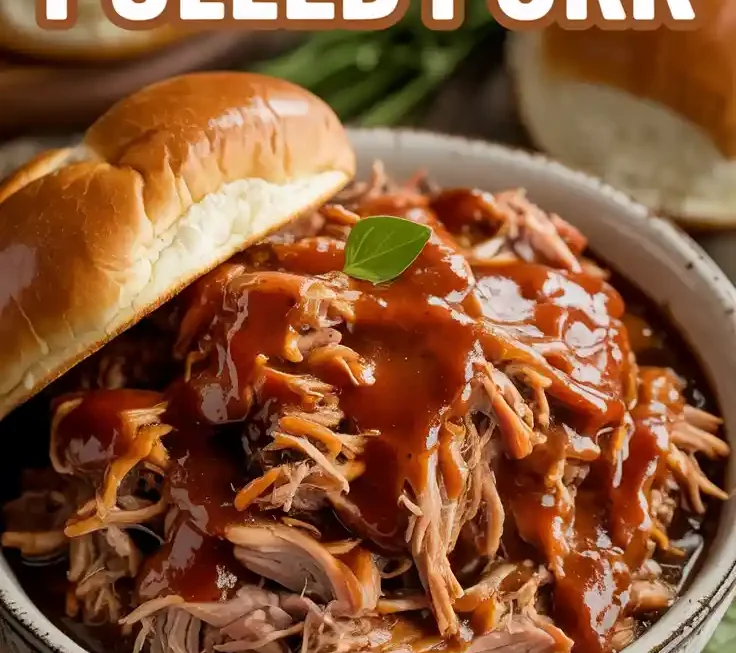Have you ever experienced the melt-in-your-mouth tenderness of perfectly grilled Korean Beef Bulgogi? This dish, whose name literally translates to “fire meat,” is one of Korea’s most iconic recipes. With its irresistible balance of sweet, savory, smoky, and umami flavors, bulgogi has become a worldwide favorite.
A recent food trend survey revealed that home cooks are 30% more likely to prepare Korean cuisine at home in 2025 compared to last year. If you’ve ever wanted to master this dish in your own kitchen, this guide will walk you through everything from the history of bulgogi to pro cooking techniques, serving suggestions, and modern variations.
This is more than just a recipe—it’s a complete culinary guide designed to give you authentic Korean flavors while keeping it easy, approachable, and beginner-friendly.
What is Beef Bulgogi?
Bulgogi dates back over 2,000 years to Korea’s Goguryeo dynasty, where it was first known as maekjeok and reserved for royalty. Today, it’s a beloved everyday dish. The hallmark of bulgogi is thinly sliced beef marinated in a mixture of soy sauce, pear, garlic, sesame oil, and sugar, then grilled or pan-seared for perfect caramelization.
Different regions of Korea put their spin on it:
- Seoul style: Sweeter, with more pear or sugar.
- Southern regions: A touch of spice, sometimes with gochujang (Korean chili paste).
Unlike galbi (Korean short ribs), bulgogi is boneless and cooks quickly, making it ideal for weeknight meals.
Ingredients You’ll Need
For the beef:
- 2 pounds ribeye or sirloin beef, thinly sliced against the grain
- 1 medium onion, thinly sliced
- 2 green onions, chopped (1-inch pieces)
- 1 tablespoon toasted sesame seeds (for garnish)
For the marinade:
- ½ cup low-sodium soy sauce
- ⅓ cup brown sugar
- ¼ cup grated Asian pear (or substitute regular pear/apple)
- 2 tablespoons toasted sesame oil
- 2 tablespoons minced garlic (6 cloves)
- 1 tablespoon grated fresh ginger
- 1 tablespoon mirin (Korean rice wine)
- 2 tablespoons neutral oil (vegetable or canola)
- ½ teaspoon black pepper
Ingredient Notes:
- Asian pear: Key to authentic flavor + natural tenderizer.
- Sesame oil: Must be toasted sesame oil (dark in color).
- Mirin substitute: 2 tsp sugar dissolved in 2 tbsp water.
Kitchen Tools Required
- Sharp knife or mandoline (for thin beef slicing)
- Large mixing bowl
- Small bowl (for marinade)
- Measuring cups & spoons
- Grater (for pear, garlic, ginger)
- Cast iron skillet or grill pan (or Korean BBQ grill if available)
- Tongs for flipping meat
- Airtight container (for marinating/storage)
👉 Pro Tip: Freeze beef for 30 minutes before slicing for ultra-thin, uniform slices.
Preparing the Beef
- Choose the cut: Ribeye = most tender; sirloin = leaner; flank = works with longer marinade.
- Slice thin: ⅛-inch slices, always against the grain for tenderness.
- Trim fat: Leave a little marbling for flavor but remove large chunks.
- Optional: Buy pre-sliced bulgogi meat from Korean or Asian markets to save time.
The Perfect Bulgogi Marinade
The marinade is the soul of bulgogi.
- Whisk soy sauce, brown sugar, pear, sesame oil, garlic, ginger, mirin, oil, and pepper.
- Taste and adjust balance (not too sweet or salty).
- Pour over beef, massage gently, and coat every slice.
- Cover and refrigerate:
- Quick marinade: 1–2 hours.
- Best results: Overnight (flavors deepen + tenderize).
Step-by-Step Cooking Instructions
- Remove marinated beef from fridge 30 min before cooking.
- Heat a cast iron skillet or grill pan on medium-high until very hot (≈ 400°F / 205°C).
- Lightly oil pan.
- Cook beef in small batches with onions:
- 2–3 minutes first side (let caramelize).
- 1–2 minutes second side (don’t overcook).
- Add green onions during last batch.
- Garnish with toasted sesame seeds.
🔥 Avoid these mistakes:
- Overcrowding pan = steaming, not searing.
- Stirring too often = no caramelization.
- Low heat = bland flavor.
Serving Suggestions
Traditional Korean Style:
- Steamed rice (bap)
- Lettuce wraps (ssam)
- Banchan (kimchi, bean sprouts, spinach namul, pickled radish)
- Sauces: ssamjang (spicy paste), gochujang
Modern Adaptations:
- Bulgogi rice bowls with fried egg
- Korean tacos or burritos
- Bulgogi pizza or sliders
- Over japchae (Korean sweet potato noodles)
- Mixed into bibimbap
Pair with: Soju, cold beer, or iced green tea.
Storing and Reheating Leftovers
- Refrigerate: 3–4 days in airtight container.
- Freeze: Up to 2–3 months.
- Reheat:
- Stovetop (best): quick re-caramelization.
- Microwave: cover with damp paper towel, short intervals.
Leftover ideas:
- Bulgogi fried rice (bokkeumbap)
- Bulgogi sandwiches or sliders
- Bulgogi-stuffed omelet
- Bulgogi kimbap (Korean rice rolls)
Variations and Customizations
- Spicy Bulgogi: Add 1–2 tbsp gochujang to marinade.
- Veggie Bulgogi: Add mushrooms, carrots, bell peppers.
- Protein swaps: Pork, chicken thighs, or tofu.
- Low-carb option: Lettuce wraps instead of rice.
- Kid-friendly: Reduce garlic & pepper, cut meat smaller.
Health Benefits of Korean Beef Bulgogi
- High protein: 25–30g per serving.
- Iron-rich: Supports energy + blood health.
- Immune boosters: Garlic + ginger = anti-inflammatory.
- Balanced meal: When served with rice + veggies.
Healthier modifications:
- Use leaner cuts (sirloin, tenderloin).
- Lower sugar (reduce 25–30%).
- Serve with brown rice.
- Add more vegetables.
Tips from Korean Home Cooks
✅ Marinate overnight for best flavor.
✅ Grate (not mince) garlic, ginger & pear.
✅ Use very hot pan for caramelization.
✅ Don’t stir constantly—let beef sear.
✅ Thin slices + against the grain = tender bulgogi.
Nutrition Information (Per Serving – 6 servings)
- Calories: 365
- Protein: 27g
- Fat: 19g
- Carbohydrates: 22g
- Fiber: 1g
- Sodium: 890mg
- Iron: 15% DV
FAQs
Q1: Can I make bulgogi without Asian pear?
Yes—substitute with regular pear, apple, or even kiwi. Kiwi is stronger, so use sparingly.
Q2: What’s the best cut of beef for bulgogi?
Ribeye is premium, but sirloin and flank also work. Always slice thinly.
Q3: Is bulgogi gluten-free?
Use gluten-free soy sauce (tamari) to make it gluten-free.
Q4: Can I cook bulgogi in the oven or air fryer?
Yes. Oven-broil 3–4 minutes per side, or air fry at 400°F for 6–7 minutes.
Q5: What’s the difference between bulgogi and galbi?
Bulgogi = thin beef slices. Galbi = marinated short ribs.
Q6: Can I meal prep bulgogi?
Absolutely—marinate, freeze raw, then cook directly from frozen for fresh flavor.
Conclusion
Bulgogi isn’t just dinner—it’s a cultural experience that brings family and friends together. With its tender slices of beef, perfectly balanced marinade, and caramelized edges, it’s easy to see why this dish has remained a Korean classic for centuries.
Now that you have this authentic recipe with expert tips, variations, and serving suggestions, you’re ready to recreate a taste of Korea right in your kitchen. Whether you serve it with rice, lettuce wraps, or in a modern fusion dish, bulgogi is guaranteed to impress.
👉 Don’t just follow the recipe—make it your own. Adjust sweetness, add spice, or try new pairings. That’s the beauty of bulgogi: it’s both traditional and endlessly adaptable.



